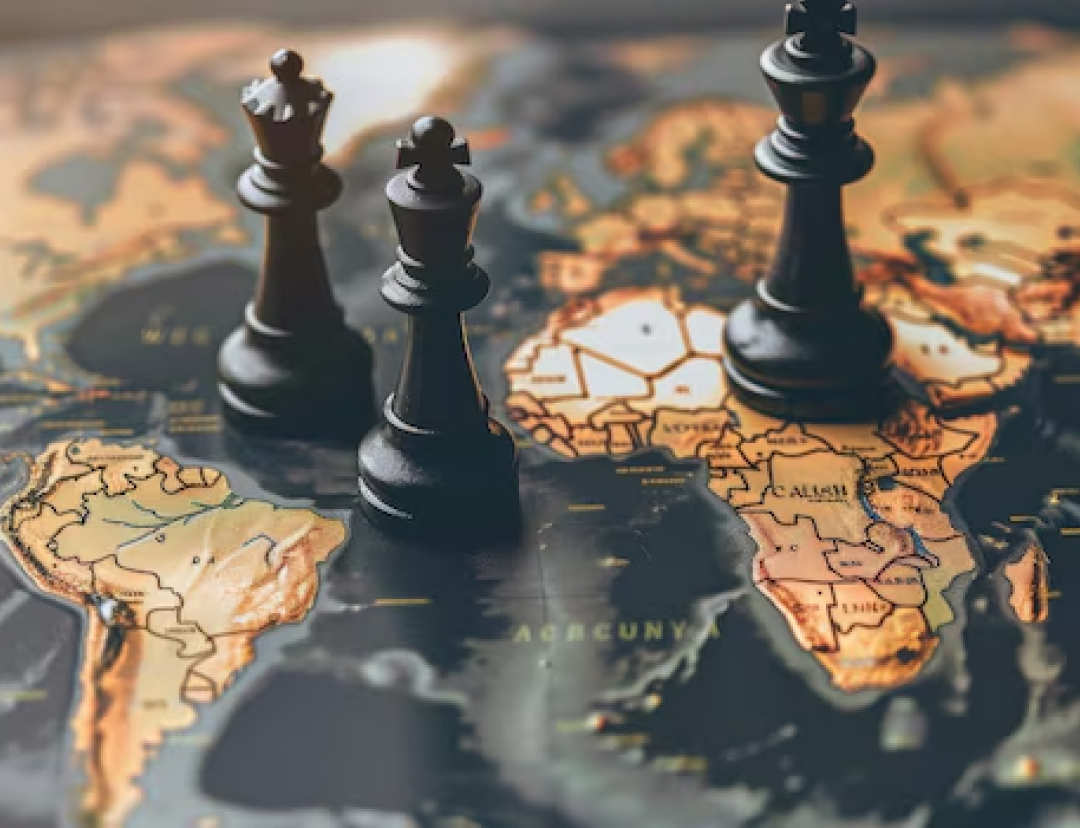President Donald Trump’s new tariffs took effect on Thursday, impacting imports from nearly 70 countries. The tariffs, ranging from 10% to 41%, are expected to raise prices on various everyday goods for American consumers. The new rates began at 12:01 a.m. and significantly broaden the scope of Trump’s trade policy.
In a post on his social media platform shortly before the tariffs went into effect, Trump declared, "IT’S MIDNIGHT!!! BILLIONS OF DOLLARS IN TARIFFS ARE NOW FLOWING INTO THE UNITED STATES OF AMERICA!" The tariffs come after a series of delays and modifications to previous tariff plans. Canada faces a 35% tariff, while Brazil, a major coffee supplier, will see a total tariff of 50% due to the combination of a new 40% tariff and an existing 10% baseline tariff.
The countries with the highest tariffs include Laos and Myanmar at 40%, and Syria at 41%. India is set to face a 25% tariff, which is expected to increase to 50% on August 27, following Trump’s decision to penalize India for continuing to purchase Russian oil amid the ongoing conflict in Ukraine.
There is a grace period for goods shipped by vessel. Items shipped by August 7 and arriving in the U.S. by October 5 will not be subject to the new tariffs. The White House indicated that the tariff rates were largely determined by the trade deficit the U.S. has with these countries.
These new tariffs resemble those imposed on over 90 countries in April, which were later delayed. Trump had initially announced plans for reciprocal tariffs in April, aiming to negotiate trade deals within 90 days. However, those deadlines were extended multiple times.
The latest tariffs also introduce 15% levies on goods from several countries not included in the earlier executive order, such as Bolivia, Ecuador, Ghana, and Iceland. In the lead-up to the new tariffs, Trump’s administration sought trade agreements with various nations, claiming to have reached deals with the United Kingdom, Vietnam, and Indonesia, along with a preliminary agreement with China.
White House press secretary Karoline Leavitt stated, "The president and his trade team want to cut the best deals for the American people and the American worker." However, the tariffs are projected to cost the average American household an additional $2,400 this year, according to the Yale Budget Lab. Importers typically pass on these costs to consumers, leading to price increases.
In related economic news, Toyota reported a 37% drop in profit for the April-June quarter, attributing the decline to the impact of Trump’s tariffs. The company stated that the tariffs cost it approximately $3 billion in operating profit. Meanwhile, a leading Indian exporters' group warned that the new tariffs would affect nearly 55% of India’s exports to the U.S., putting exporters at a competitive disadvantage.
Indian Prime Minister Narendra Modi emphasized the importance of protecting farmers' interests, stating, "For us, the interests of farmers are a top priority. I know I will have to personally pay a heavy price for it, but I am ready." Modi's comments come amid ongoing negotiations for a bilateral trade agreement with the U.S.
In contrast, Sony reported a 23% increase in profit for the last quarter, indicating that the impact of U.S. tariffs was less severe than anticipated. The company raised its profit forecast for the fiscal year, estimating the tariff impact on its operating income to be around $476 million, lower than previous estimates.

 America News
America News

 ABC News
ABC News WGN Radio 720 Business
WGN Radio 720 Business FOX 31 KDVR Economy
FOX 31 KDVR Economy New York Post Opinion
New York Post Opinion The Hard Times
The Hard Times CNN
CNN People Shopping
People Shopping Weirton Daily Times Life
Weirton Daily Times Life